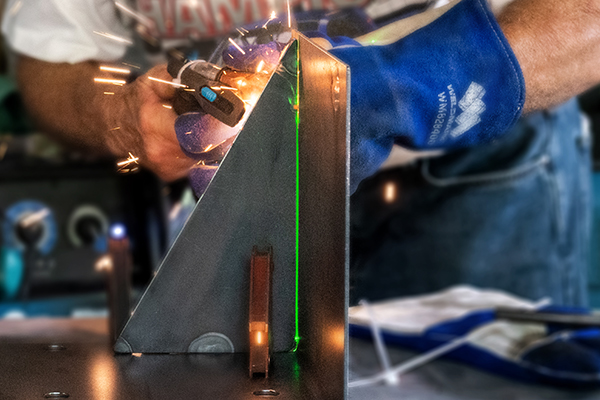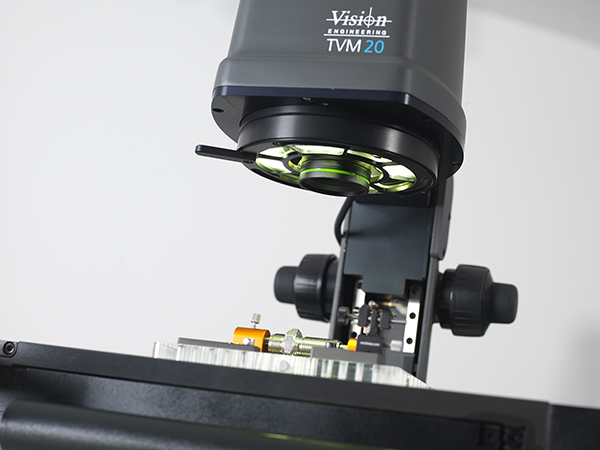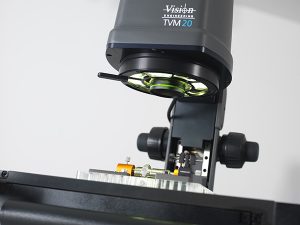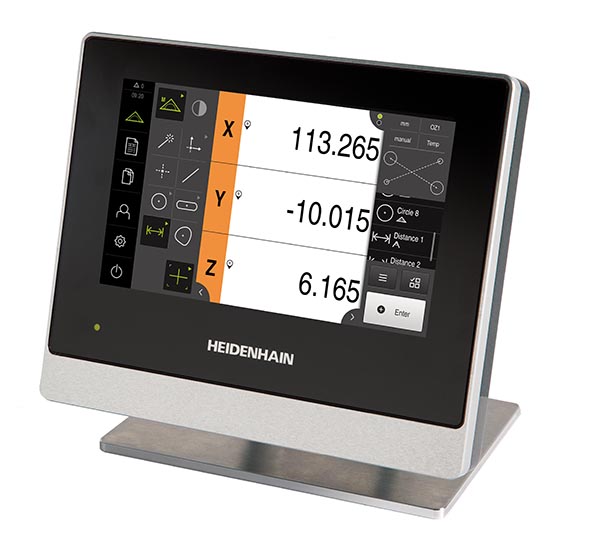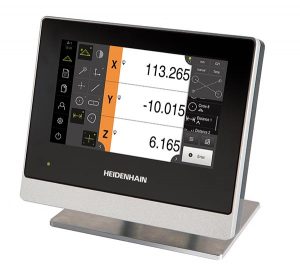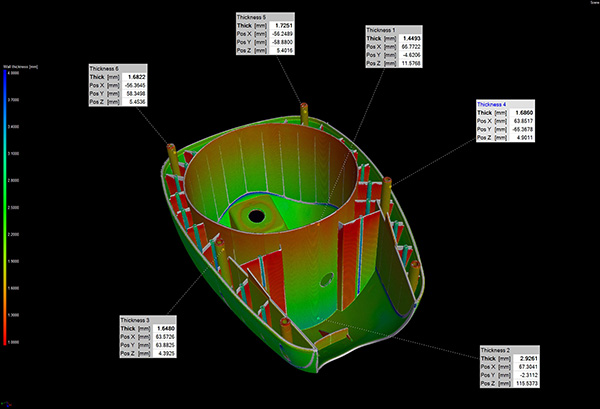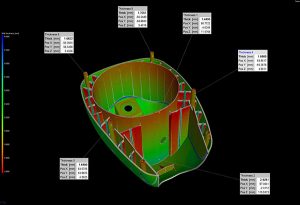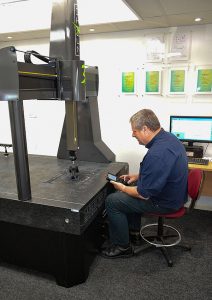Faro has released the next generation of its Tracer platform for laser-guided assembly and verification: the TracerSI laser projection system. TracerSI is a fully integrated solution that includes improved hardware built upon the previous TracerM product and BuildIT projector software.
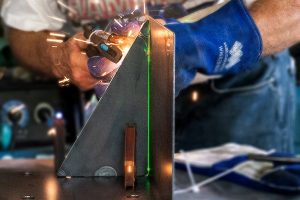
Like TracerM, TracerSI uses 3D CAD information to project 3D laser images on to a physical surface and provide a live, visually rich virtual template that assemblers can use to quickly position components with confidence. This solution can deliver significant ROI as organisations no longer have to invest capital in physical templates, such as wood or metal moulds or tools, which also have to be built, maintained, stored and sometimes repaired. Additionally, real-time manufacturing errors are minimised and, as a result, costly scrap and rework costs are reduced. There are actual, documented cases where rework and scrap savings alone lead to payback periods as short as 90 days, says Faro.
TracerSI is said to represent the first of its kind laser scanning camera, with projection and high-resolution image scanning capabilities throughout its entire projection volume. Since the laser scanning camera does not rely on lenses or conventional image capture, the depth of field is equal to the full projection range. In addition, there are no lighting limitations since it is laser illuminated, and there are no restrictions on frame size or resolution.
Faro’s TracerSI moves guidance assembly forward through its native support of feature-based alignment. As a result, retroreflectors (special targets that reflect light back to the original source) do not have to be placed on or around the object or assembly. This convenience substantially reduces the time required for set up.
For further information www.faro.com






